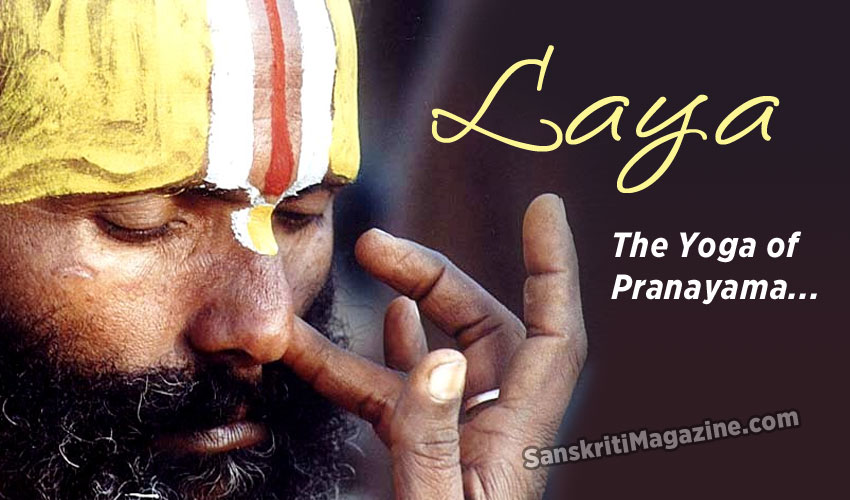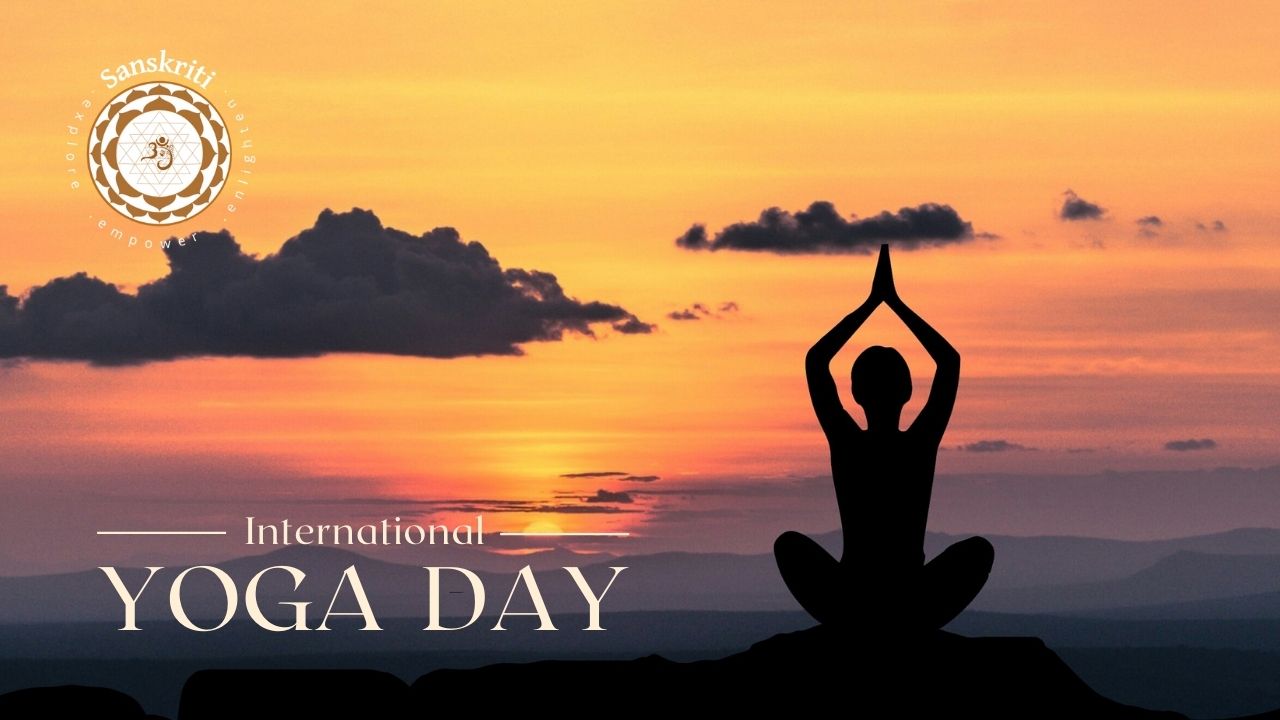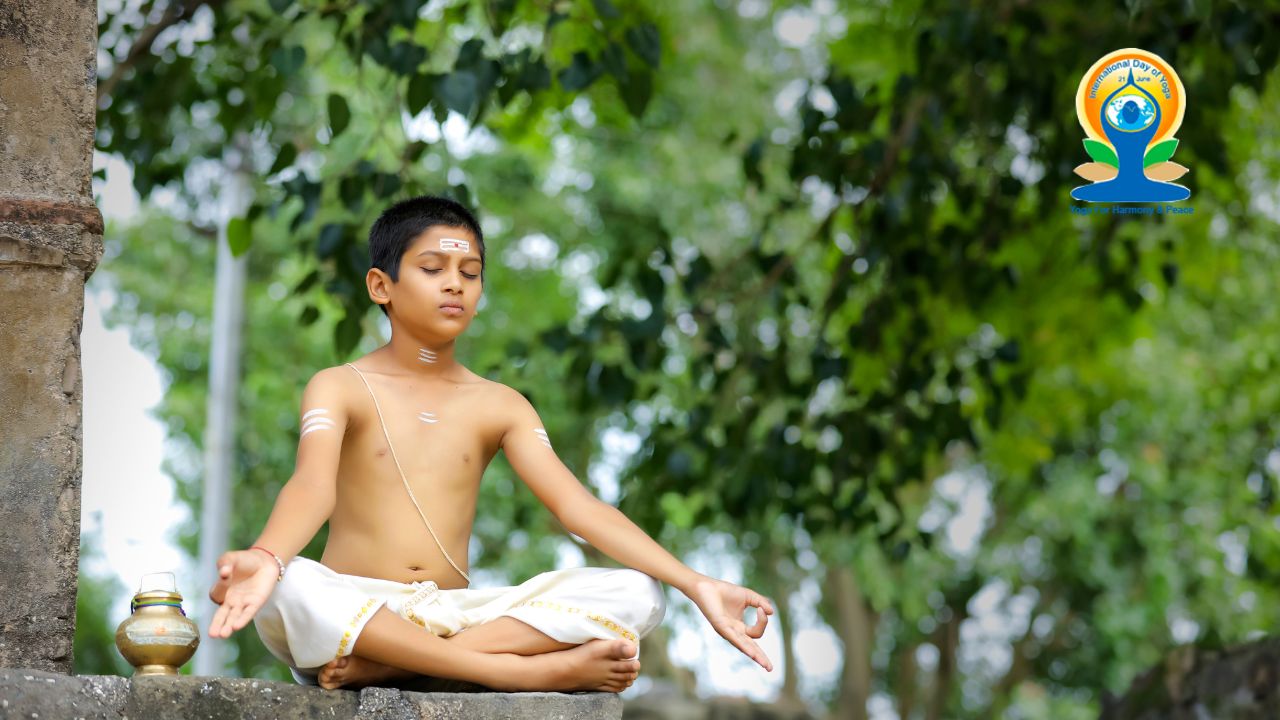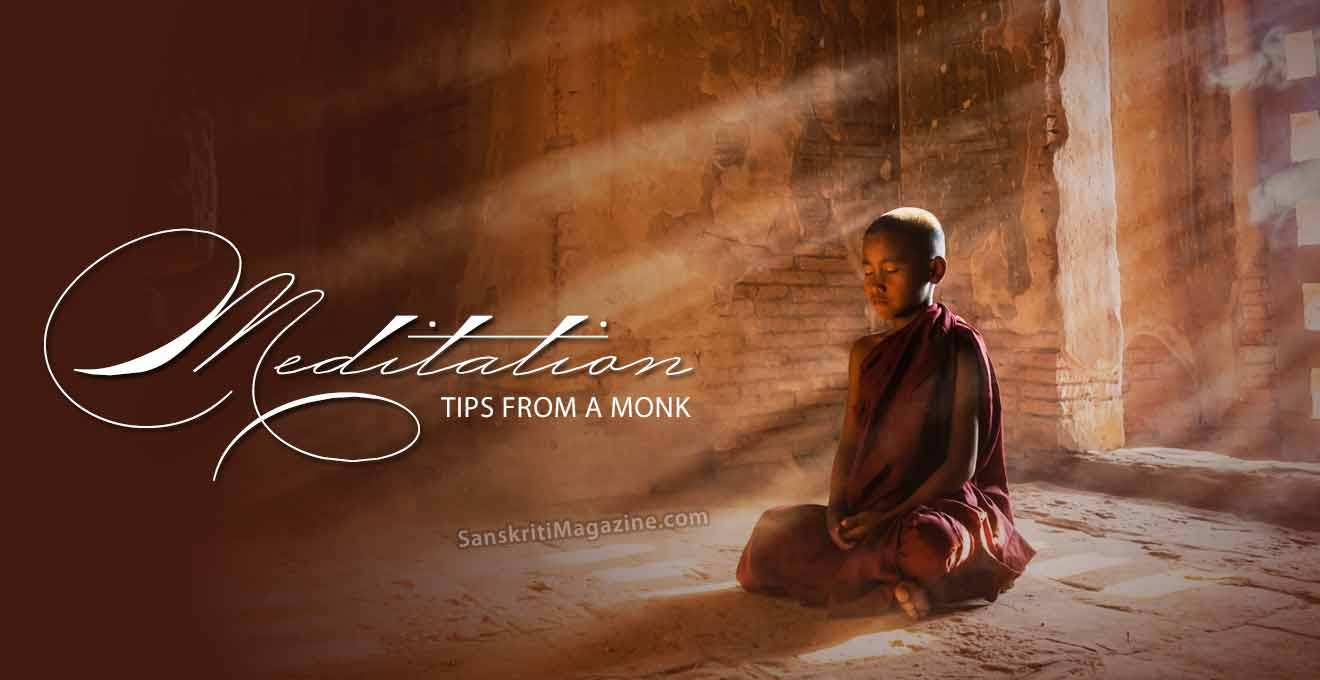There are two paths of self-illumination, the path of expansion and the path of total dissolution. The first path includes many spiritual practices and is taught by most teachers of yoga. The second path is laya yoga, the direct route, which is taught by very few.
When the mind is withdrawn to the source, the mind and pranas hibernate, and the body remains as if dead. That is laya yoga samadhi. The only difference between the final stage of laya yoga and the death experience is that after death you do not come back into the same body, whereas after experiencing the laya state, you return to the same body and mind and resume life as the same individual.
In order to be able to face that experience, the practices of hatha yoga are absolutely indispensable. Hatha yoga prepares the foundation for laya.
Total dissolution
When you enter the state of laya, the first thing that happens is that the individual consciousness is completely disintegrated. There is no awareness of I; no knowledge of time, space, objectivity or individuality. Even the breath stops in some cases. If one continues practising and experiencing this laya state, the whole body undergoes a condition of rigor mortis. This could continue for half an hour, one hour or a whole night, during which the body is devoid of prana.
In the state of laya, the mind reverts from the state of manifestation to the state of dissolution. During this period, the mind returns to the causal state. Just as a small plant goes back to the seed, so the mind reverts to its original state which is called moola prakriti. In this state there is no creation, activity, movement or vibration. It is a state of status quo where everything stands still. There is no evolution or devolution, no time and no space. At this point, the mind enters the unconscious body, according to modern psychology; or the ananda maya kosha, according to Vedanta. There the consciousness is refreshed and qualified with the unconscious self. The eight siddhis, expounded in the yoga of Patanjali, are also cultivated there, so that when the consciousness returns to the normal state, it is vested with spiritual power.
Controlling the prana
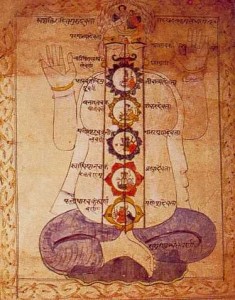 You can say that laya is the state of disembodied samadhi, which is achieved without any interference with the mind. In laya yoga, as in hatha yoga, there is no direct attempt to influence the mind. The mutual relationship between prana and mind is recognised and the mind is brought under control by first controlling the prana. For those with very restless minds, this system is far easier to progress through than the other systems such as raja yoga, which lay more stress on controlling the mind.
You can say that laya is the state of disembodied samadhi, which is achieved without any interference with the mind. In laya yoga, as in hatha yoga, there is no direct attempt to influence the mind. The mutual relationship between prana and mind is recognised and the mind is brought under control by first controlling the prana. For those with very restless minds, this system is far easier to progress through than the other systems such as raja yoga, which lay more stress on controlling the mind.
In the process of controlling the mind, it is possible to go on battling with yourself for over one lifetime. Sometimes a split personality is created by the conflicts and struggles which arise during this process. So, for dynamic people with plenty of ambitions and desires, the path of hatha yoga is supreme. Here the emphasis is not on controlling the mind, but on controlling the prana. If the aspirant has correctly practised and purified the elements of the body, when kevala kumbhaka occurs, the mind automatically drops.
Prana is represented by pingala nadi and mind by ida nadi. The path of controlling the prana is a scientific approach to spiritual upliftment which begins right from the earth, the elements in the body. Many teachers feel that hatha yoga is just physical exercises and that it is not spiritual, but in my opinion hatha yoga is a very scientific process. If you want to raise a building, you need a foundation as well as a roof and walls. In the same way if you want to control the prana, you need the practices of hatha yoga to prepare a base for pranayama.
Pranayama, mudras and bandhas are the most direct ways of exploring the prana and launching the mind into the state of total dissolution. Perhaps you have seen the picture of Kali standing on the body of Shiva. Kali is the exploded prana shakti and Shiva is the individual consciousness. This symbolises the point when the pranas wake up and the individual consciousness is completely dissolved.
The practices of pranayama, mudra and bandha are indispensable in laya yoga and should be properly learned. In order to perfect these three practices you have to become an adept in hatha yoga. If you are seated in siddhasana, padmasana or any other position, the body has to be able to remain totally immobile, because in the practice of pranayama the prana moves throughout the body at a terrific speed. You must assist the movement of prana at that time by maintaining total immobility.
The interior of the body must also be pure. For example, fermentation of mucus will interfere with the pranic activities. That is why the stomach, intestines, nose, mouth and whole body have to be properly cleaned. This physical body is a combination and permutation of the five elements: ether, air, fire, water and earth. If you do not purify these five elements in the body, they will interfere with the activities of prana. In order to purify these elements in the body, hatha yoga must be practised.
Pranayama practices for laya
After purifying the body, the practices of pranayama are utilised as a basis for controlling the prana and dissolving the mind. These practices are regarded as the most powerful aid to laya samadhi.
Before beginning pranayama, however, you must master siddhasana. Then practise bhastrika through one nostril, the other nostril, and finally through both nostrils. While practising bhastrika, your diaphragm should remain absolutely quiet. Only the abdomen has to move in and out like the blacksmith’s bellows. There should be no other movement in the body. It should be like a statue while practising bhastrika. Gradually the speed of respiration must increase. In the course of practice, the frequency, rapidity, depth and velocity of bhastrika become more and more terrible. But regardless of what velocity bhastrika attains, the body must remain motionless like a statue. You can close your eyes during the practice. If you prefer to keep them open, fix them on some point. Open or closed there should be total fixity throughout the practice. Continue with bhastrika until the breath stops by itself. Then discontinue the practice.
There is another form of pranayama which is very similar to bhastrika, and that is kapalbhati. Here the processes are reversed. Whereas in bhastrika the speed increases with further practice, in kapalbhati the speed becomes slower and slower. In the practice of bhastrika you go slow in the beginning, but in kapalbhati you go fast. As you progress in bhastrika, the rapidity increases and the breath gets shorter? whereas in kapalbhati, the speed is fast in the beginning and with practice it becomes slow and the breath gets longer.
The third practice is nadi shodhana pranayama, a very scientific technique which includes inhalation, internal retention, exhalation, external retention. When you are practising external retention, you must practise the three bandhas – jalandhara, uddiyana and moola bandha. When you are practising internal retention, only practise two – jalandhara and moola bandha.
The ratio between inhalation and exhalation should be 1:2. The ratio of internal retention is not to be fixed in the beginning; it has to be according to your capacity. But later on it should be fixed according to the following ratios. In the beginning you should maintain the ratio of 1:1:2:1 and gradually you should go to 1:2:2:2 and then to 1:4:2:2 and finally 1:6:4:4. You only need to practise 5 rounds, not more.
One round means inhaling through the left nostril, retaining; exhaling through the right nostril, retaining; inhaling through the right nostril, retaining; exhaling through the left nostril, retaining.
Every day practise 5 rounds. In the beginning this may only take five minutes, but as you progress, these 5 rounds may take up to one hour.
Nature of the breath
In the sadhana of laya yoga, the nature of breathing in and out has to be absolutely and comprehensively correct. It is not sufficient to breathe in the usual way. The breath has to be very subtle. When the breath is gross, you can feel it at a distance of 2 to 36 fingers. The shorter the distance, the subtler the breath. You should breathe in such a way that the breath does not go beyond two fingers on exhalation. If you don’t know about subtle breathing, you will retain the breath and then exhale too forcefully. So keep this point in mind, then you will be able to adjust the internal retention so that you don’t gasp the breath out.
The next important point is that the speed of inhalation and exhalation should be consistent and uniform. Sometimes when you are tired, for example, you inhale deeply and slowly and exhale quickly. When you are not tired, you may inhale more quickly and exhale slowly. This inconsistency in the breath creates uneven waves which disturb the mind. Consistency is very important and must not be neglected by the practitioner of laya yoga. This also applies to internal and external retention. Sometimes the breath is held for 10 seconds, 11 seconds, 20 seconds, or one minute. But once the ratio for retention has been fixed, the duration should remain consistent throughout the practice.
Besides consistency, there must be uniformity in the breath. Many times people breathe in and out with a slight jerk. But the breath should be smooth and uniform, without stopping or jerking. If you could put a speedometer inside the nose, you would see that people never breathe in or out uniformly. After internal retention, this is particularly noticeable. During one exhalation, there may be up to ten different speeds until uniformity is established.
Precise timing
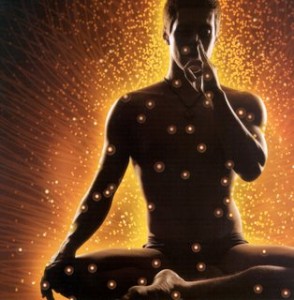 It is very difficult to measure the length of inhalation, exhalation and retention. Some people say two claps, one snap. But in laya yoga this method of counting is a type of distraction which interferes with the uniformity and velocity of the breath. Mental counting is better, but it is distracting. Some people keep a watch in front of them, but this is also very distracting.
It is very difficult to measure the length of inhalation, exhalation and retention. Some people say two claps, one snap. But in laya yoga this method of counting is a type of distraction which interferes with the uniformity and velocity of the breath. Mental counting is better, but it is distracting. Some people keep a watch in front of them, but this is also very distracting.
The best way to measure the breath is by the breath. In India this is done with the aid of the 24 syllable Gayatri mantra. Every syllable of this mantra has a timing and emphasis which is shown by certain marks on, above or below it. If you practise, chant, or think of the mantra, the timing of the breath will not vary even by a fraction of a second. Since this mantra has 24 syllables, it provides you with the proper base for the first inhalation. The 24 syllables of Gayatri is one inhalation and two 24 syllable Gayatris is one exhalation. Therefore, the 24 syllable Gayatri is one unit of pranayama.
For several years now I have been thinking about what would be the best way of measuring prana in western countries where people do not know the Gayatri. But, frankly speaking, I have not come to any conclusions. For a while, I tried the mantra Om. But I found that sometimes 24 Oms took half a minute, at other times 40 seconds, 15 seconds and so on. I know that the timing has an effect on the mind and prana. If we are able to practise 5 rounds of nadi shodhana with absolute precision in timing, then the laya state of samadhi will come.
Death and resurrection
Besides bhastrika, kapalbhati and nadi shodhana, there are other pranayamas used in laya yoga such as surya bheda and moorcha. In kriya yoga there is a technique known as tadan kriya. Thus there are many different practices for attaining that state known as individual death.
In the ‘Gorakhsamhita’, ‘Hatha Yoga Pradipika’ and many other ancient yogic texts, it is clearly written how pranayama should be practised for laya yoga and what symptoms will appear. It has also been said in different books on yoga that when pranayama is practised for laya yoga samadhi, different sounds emanate from the body. This practice of pranayama not only affects the mind, it affects the very frame of the body. It changes the structure, the skin, the smell of the body. The way of thinking and even the eyes become powerful. Pranayama not only has a tremendous effect on the physical and pranic bodies of man, but on the mental, psychic and causal bodies as well.
In these changing times, when many people no longer believe in religion, God, or transcendental things, laya yoga is probably the most suitable and powerful method of transcendence. It is based on techniques which are practical, scientific and indisputably effective. Therefore, let those who are seeking for the higher spiritual experience look to laya yoga and prepare themselves by the practice of pranayama. It is good if we live by day and die by night. Then every morning the resurrection takes place. This is the fulfillment of the human incarnation.
~ Swami Satyananda Saraswati

